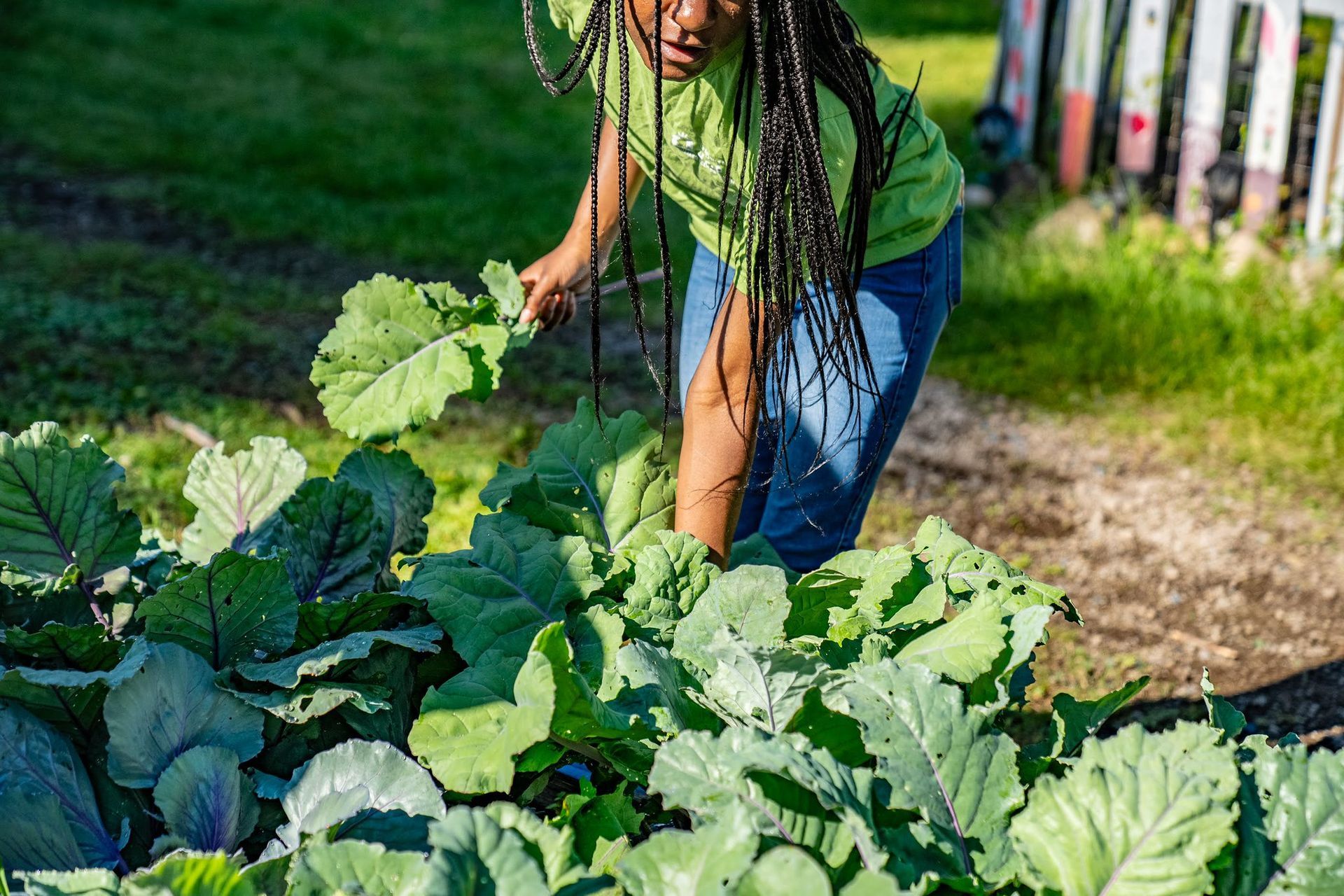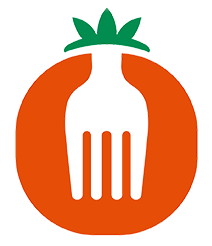Article
Doubling Up on Equity: The Financial Power of Food Assistance at the Market
Ann Arbor has a reputation for being a university town with a relatively privileged, wealthy, white population. Farmers markets tend to have the same reputation. So the importance of SNAP (the Supplemental Nutrition Assistance Program) and Double-Up-Food-Bucks (which allows SNAP recipients to make their assistance go twice as far when buying fresh fruits and vegetables) to customers and vendors at the Ann Arbor Farmers Market might come as a surprise.
But according to Ann Arbor Farmers Market manager Stefanie Stauffer, the Ann Arbor market takes in more money from SNAP and Double-Up-Food-Bucks than any other market in the county. She says there are many “die-hard regulars” who the market staff know by name and who use their food assistance at the market weekly to access more nutritious, more affordable, and sometimes more culturally appropriate foods than they would be able to otherwise. Many of these customers come in from nearby communities like Ypsilanti, due to the size and accessibility of the market (it is located close to the city’s main transit center).
Almost all of the food vendors at the Ann Arbor Farmers Market take SNAP, and in 2024, vendors at the Ann Arbor Farmers Market redeemed over fifty thousand dollars in SNAP and just under fifty thousand dollars in Double-Up-Food-Bucks. Stauffer noted that the Wednesday farmers market is especially frequented by SNAP users; on a recent Wednesday, there were more SNAP token sales than regular credit card token sales.
Stauffer also noted that the market does a lot of outreach to non-English speaking communities so that they are able to fully participate in the market. The largest communities are Chinese-speaking and Russian-speaking, and according to Stauffer, “That’s very Ann Arbor; I’ve never talked to any other market like that.” Last time there was a big change in SNAP benefits, Stauffer hosted information sessions at two nearby senior centers, using a Chinese translator and a Russian translator, to communicate the changes and answer any questions about what this meant for them shopping at the market.
Stauffer notes that the exact SNAP and DUFB amounts matter a lot to the customers, and many of them will regularly check in and confirm how their benefits are changing due to the constantly shifting terrain of food assistance programs. Despite this, she is confident in the resilience of customers who use SNAP at the market to continue to weather changes to the program.
The Ann Arbor Farmers Market is able to be the vibrant, diverse place it is largely because of the robust food assistance programs that less wealthy customers have access to. Without SNAP and double-up food bucks, the market might end up fulfilling the stereotype of being a space mostly for wealthier people.
This post is part of a series by Emma Rose Hardy, a PhD Candidate at the University of Michigan and the Rackham Local Food Systems Intern at Growing Hope. The series aims to highlight the essential role that SNAP and other food assistance programs play in the Washtenaw County local food system.
share this
Related Articles
Related Articles



STAY UP TO DATE
GET PATH'S LATEST
Receive bi-weekly updates from the church, and get a heads up on upcoming events.
Contact Us









